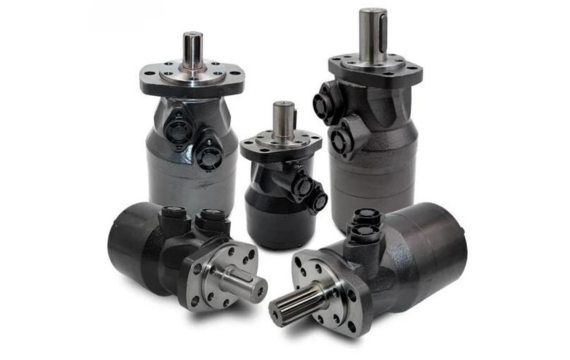
In today’s fast-paced industrial landscape, efficiency and reliability are non-negotiables. That’s where orbital motors come into play. Known for their compact design and powerful torque output, these hydraulic motors are used across industries—from agriculture to construction to material handling. But what exactly makes them so efficient? In this post, we’ll explore the Orbital motor specifications that contribute to performance, longevity, and energy savings in demanding environments.
What Are Orbital Motors?
Orbital motors, also known as gerotor or geroller motors, are a type of hydraulic motor designed for low to medium-speed applications with high torque requirements. Unlike traditional motors, orbital motors use fluid power to create rotary motion, making them ideal for heavy-duty industrial equipment.
Key Industries Using Orbital Motors:
- Agricultural machinery (harvesters, balers)
- Construction equipment (mini-excavators, skid steer loaders)
- Material handling systems (conveyors, winches)
- Forestry and mining equipment
Core Orbital Motor Features That Drive Efficiency
Let’s break down the key orbital motor features that set them apart and make them a popular choice in industrial setups.
1. High Torque at Low Speeds
Orbital motors excel in delivering high torque output even at low RPM. This is a game-changer in applications where power is needed without compromising on control.
Benefits:
- Smooth and steady operation
- Excellent for precise movement
- Minimizes wear on mechanical parts
2. Compact and Lightweight Design
Space constraints are common in modern machinery. Orbital motors are designed to be compact and easy to integrate, making them ideal for confined spaces.
Why it matters:
- Reduces overall equipment size
- Lowers installation costs
- Simplifies maintenance access
3. Robust Build and Durability
Industrial environments are tough—and so are orbital motors. These motors are built with durable materials that withstand high pressure, temperature variations, and dirty working conditions.
Durability highlights:
- Long service life
- Reduced downtime
- Excellent performance under heavy load
Advanced Features Enhancing Performance
Beyond the basics, modern orbital motors come packed with features that take their performance to the next level.
4. Integrated Valve Options
Many orbital motors include integrated valves, such as check valves and relief valves. These components protect the system from pressure spikes and ensure smooth flow control.
Advantages:
- Built-in safety
- Streamlined hydraulic system
- Fewer external components
5. Wide Range of Displacement Sizes
Orbital motors are available in various displacement sizes to suit different torque and speed requirements.
This allows for:
- Greater customization
- Optimized power-to-weight ratio
- Better fuel or energy efficiency
6. Low Noise Operation
Thanks to the smooth internal movement and fluid dynamics, these motors often operate with low vibration and noise levels.
Industrial benefits:
- Safer working environments
- Reduced operator fatigue
- Compliance with noise regulations
Why Efficiency Matters in Industrial Applications
Efficiency isn’t just a buzzword—it directly affects productivity, operating costs, and environmental impact.
Efficiency Gains with Orbital Motors:
- Reduced energy consumption through optimized torque delivery
- Lower maintenance costs due to durable design
- Consistent performance, even under fluctuating loads
When you’re selecting hydraulic components, focusing on orbital motor features can significantly improve your bottom line.
Choosing the Right Orbital Motor for Your Needs
Not all orbital motors are created equal. Depending on your application, you’ll want to consider a few key factors when choosing the right motor:
- Torque and speed requirements
- Mounting style
- Shaft and port configurations
- Type of hydraulic fluid
- Duty cycle (continuous vs intermittent use)
Pro Tip: Always consult your equipment manufacturer or hydraulic specialist to match the right motor to your application.
Real-World Example: Orbital Motors in Agriculture
Consider a modern hay baler that uses an orbital motor to control belt tension. The motor’s ability to maintain high torque at low speeds allows for precise pressure control, reducing belt slippage and increasing output. Over time, this contributes to better fuel efficiency and lower equipment wear—proof that the right orbital motor features can lead to measurable gains.
Conclusion: Put Efficiency First with the Right Orbital Motor Features
Whether you’re managing an industrial facility, upgrading your machinery, or developing new equipment, choosing the right orbital motor can be a crucial step toward better efficiency and performance.
By understanding the orbital motor features—from torque capabilities and compact size to built-in valves and low noise levels—you’ll be better equipped to make smart, cost-effective decisions.
Ready to optimize your machinery? Explore a wide range of orbital motors tailored to your industry’s needs and discover how hydraulic efficiency can drive long-term success.